HYPERMOBILITY JOINT
As its name indicates, joint hypermobility or joint hyperlaxity is due to joints with a higher than normal mobility range.Joint hypermobility entails a higher risk of joint dislocation. This greater movement than usual is made ffortessly and without any discomfort.
We observe weak ligaments in children suffering from joint hypermobility. This, in a long term, can lead to a risk of arthritis, joint dislocation and muscular distension. Excessive ligamentous laxity in children may cause changes to the footsuch as flattening or the presence of congenital bunions. In adults, hypermobility may be accompanied by pain in muscles and joints, tendinitis, capsulitis, lumbago and scoliosis.
Joint hypermobility syndrome (JHS), also known as Ehlers-Danlos type III, is a benign disease characterised by joint hyperlaxity of one or more joints and family background, arthralgias, or non-inflammatory myalgias that develop overa period of more than three months (for no apparent reason), creaking joints, recurring sporting linjuries and growing pains and hypotonia in children.
Joint hypermobility is focused on a clinical diagnosis by clinical examination and it cannot be confirmed through laboratory tests.
The causes of joint laxity are:
- Muscle tone.
- The laxity of the connective tissue.
- Hormones.
- Gender and genetics (there is more hyperlaxity in women).
- Mechanical (as a result of an osteoarticular surgery).
The most decisive factor of the range of movement is the mechanical properties of the connective tissues that make up the joint. Variations in joint laxity in a period of time are closely connected to the variations in the structure and function of collagen. Genetic variations in the synthesis collagen can weaken or lenghten soft tissue.
The treatment of joint hypermobility syndrome envolves preventing complications like pain or repetitive injuries. And given that it is a genetic problem, there is no definitive treatment.
The most common treatments in an acute stage are rest, the use of splints, kinesitherapy or the use of analgesic or anti-inflammatory medication. In a chronic stage assessment by a rheumatologist is recommended to rule out other covert diseases (vascular type Ehlers-Danlos, Marfan syndrome, fibromyalgia, etc.).
Let’s look at the different ranges of hypermobility of a toe, taking a clinical case as an example.
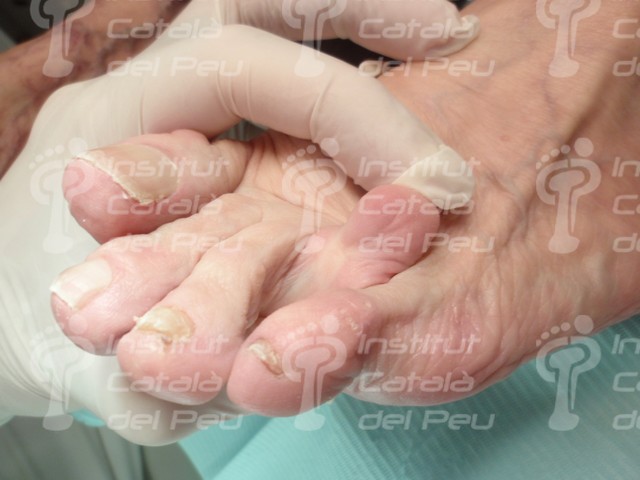 Hyperextension of fourth-toe (1400).
Hyperextension of fourth-toe (1400).
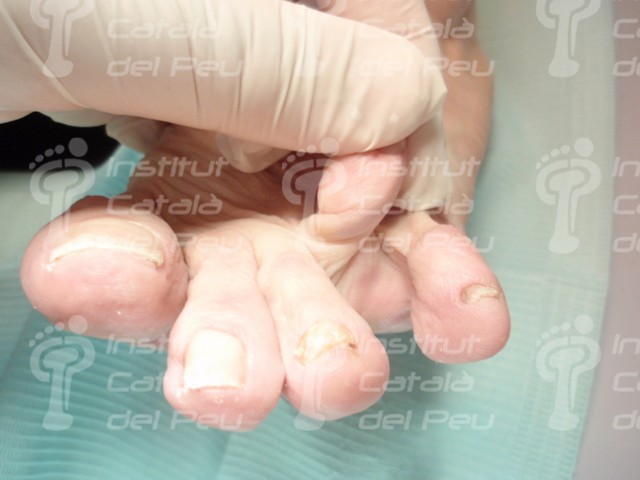 Hyperextension movement and external rotation of 1800.
Hyperextension movement and external rotation of 1800.
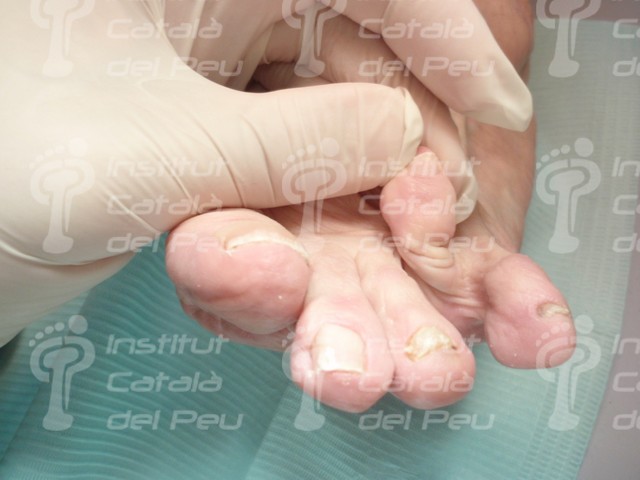 Hyperextension movement and internal rotation of 1800.
Hyperextension movement and internal rotation of 1800.

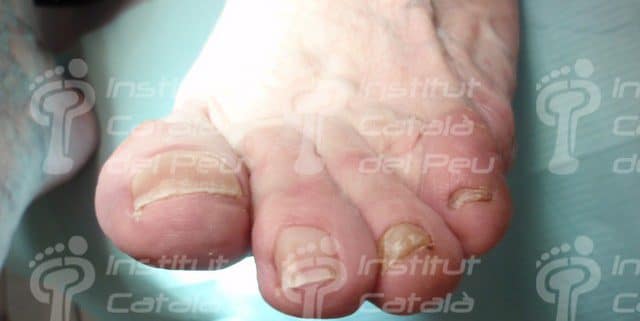
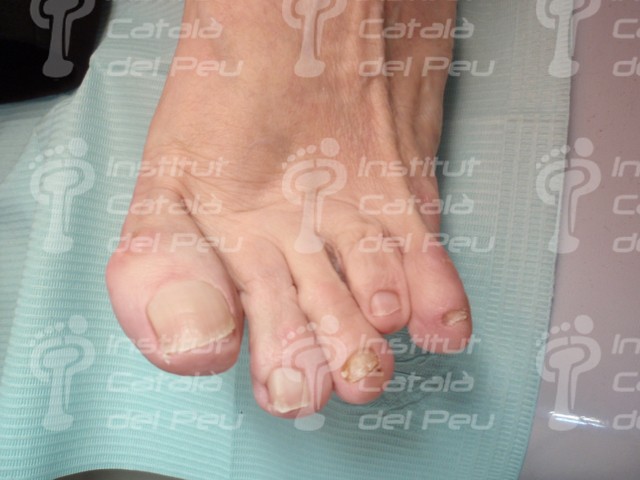 Forefoot in sitting position.
Forefoot in sitting position.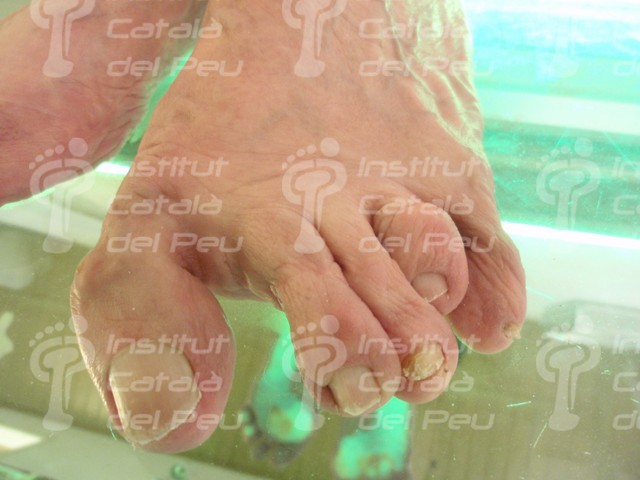 Forefoot standing.
Forefoot standing.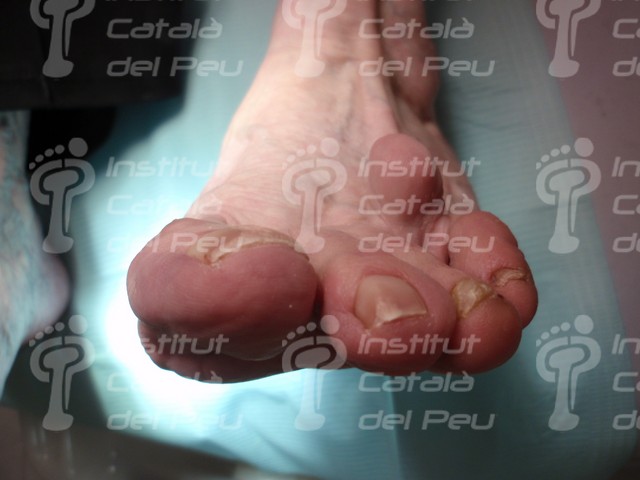 Hyperextension of toe of 900
Hyperextension of toe of 900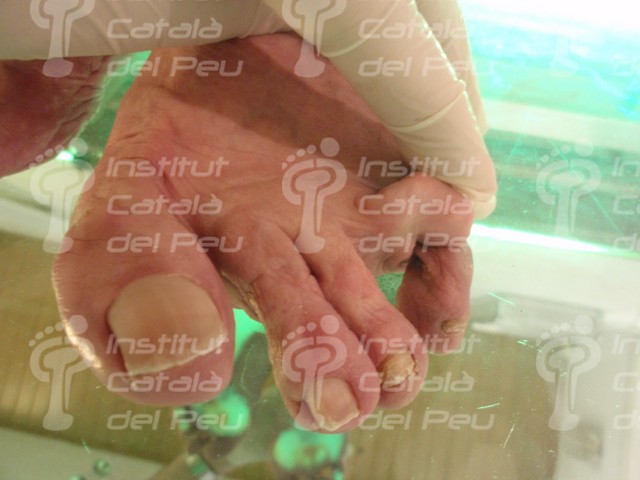 Lateralization movement of toe.
Lateralization movement of toe.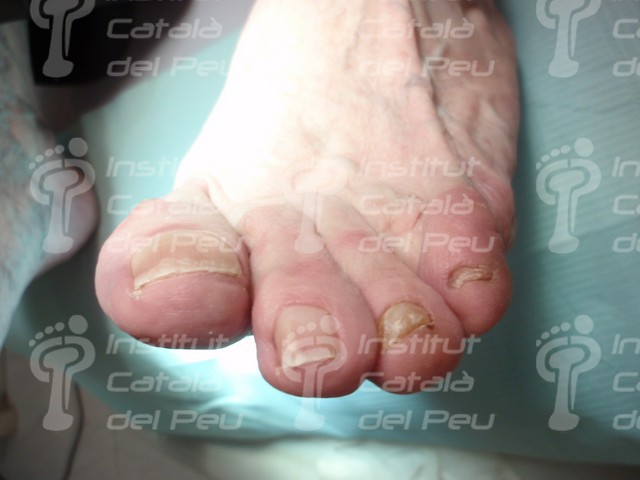 Plantar flexion of the toe.
Plantar flexion of the toe.




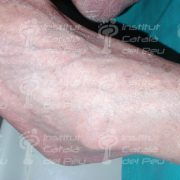

Leave a Reply
Want to join the discussion?Feel free to contribute!